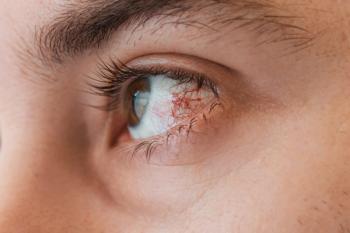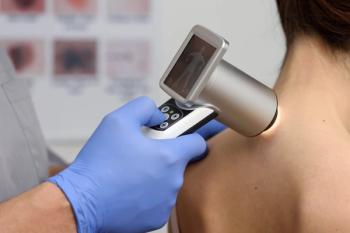
Researchers: Use of Contrast Agent in Follow-up MRIs of MS Patients Can Be Minimized
University of Vermont researchers say their data show there are alternative approaches to using gadolinium-based contrast agents in follow-up MRIs of patients with multiple sclerosis.
MRIs that use gadolinium-based contrast agents are a mainstay of multiple sclerosis (MS) diagnosis and follow up. The contrast agent helps identify the neuronal lesions associated with the demyelination that is characteristic of MS.
But some clinicians and researchers believe it is time to find alternatives to this mainstay — or at least depend on it less.
Research has shown that gadolinium-based agents can cause nephrogenic systemic fibrosis in patients with kidney disease. Nephrogenic systemic fibrosis, which mainly affects the skin, is characterized by a hardening and thickening of tissue. The FDA added a boxed warning about the
But these risks are offset, say some experts, by the value that MRIs that use gadolinium-based contrast agents have in diagnosing and measuring MS. They argue that some types of gadolinium-agents (the macrocyclic compounds) pose less of risk than others (the linear chelates). There’s also some question of how great the risk of nephrogenic systemic fibrosis is. A meta-analysis published last year in
It is against this backdrop that Gregory Johnston, M.D., and his colleagues at the Larner College of Medicine at the University of Vermont conducted a retrospective
Johnston and his colleagues say that MRI contrast agents are important in the diagnosis of MS and also should be considered when patients are experiencing new or worsening symptoms. But they say that their study — and others — support minimizing the use of gadolinium-based contrast agents in follow-up MRIs in patients with MS. More specifically, they propose that no contrast agent be used if two criteria are met: no enhancing lesions were seen on the preceding MRI and no changes are apparent upon “meticulous comparison” between current 3D T2-FLAIR sequence and the preceding one.
“The use of contrast should be reserved for patients where temporal knowledge of lesion formation is necessary to inform clinical decision making,” concluded Johnston and his co-authors.
Their study was published in the October issue of the Journal of Neuroimaging.
Newsletter
Get the latest industry news, event updates, and more from Managed healthcare Executive.






















































